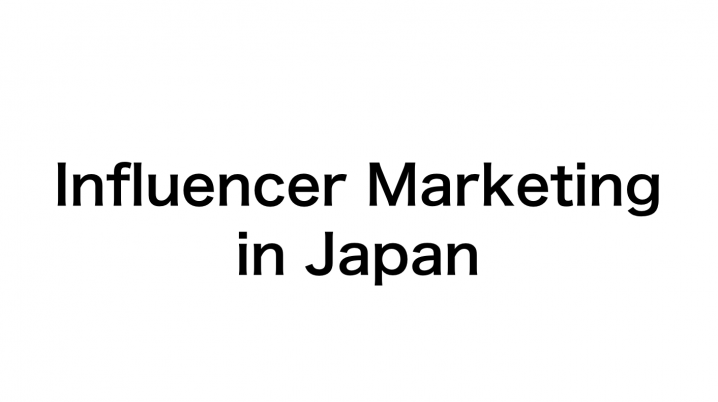The first reason, the limited number of influencers to demand, is due to the high number of Japanese speakers and the low level of English literacy among them. There are over 100 million Japanese speakers in the world, and many companies are eager to expand into this large market and they will want to use influencers to promote their products. However, the Japanese can only be approached by influencers who speak Japanese. For example, if you ask anyone in Japan about pewdiepie, the world’s most subscribed YouTuber from Sweden, you’ll find that very few people are familiar with him. This is because they can’t speak any language other than Japanese. As such, it is difficult for non-Japanese influencers to influence in Japan, so the demand for them is very high and the amount of money needed to hire them goes up.
